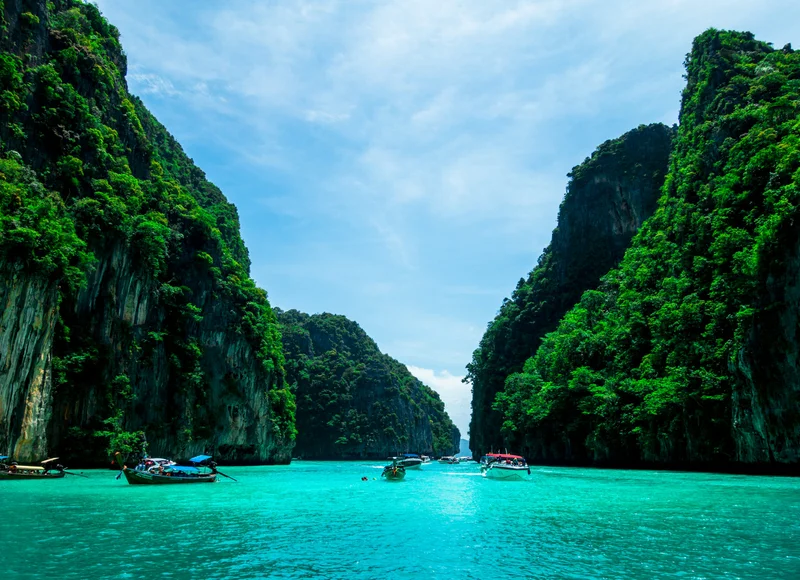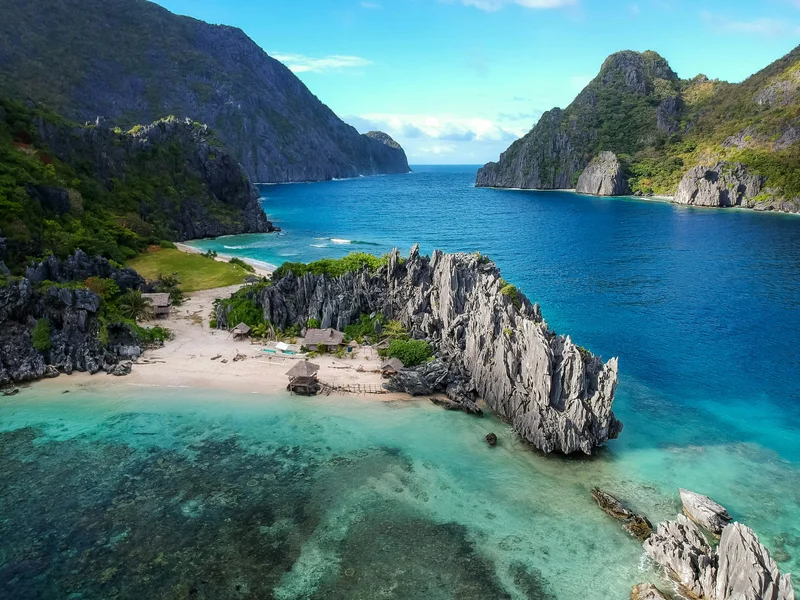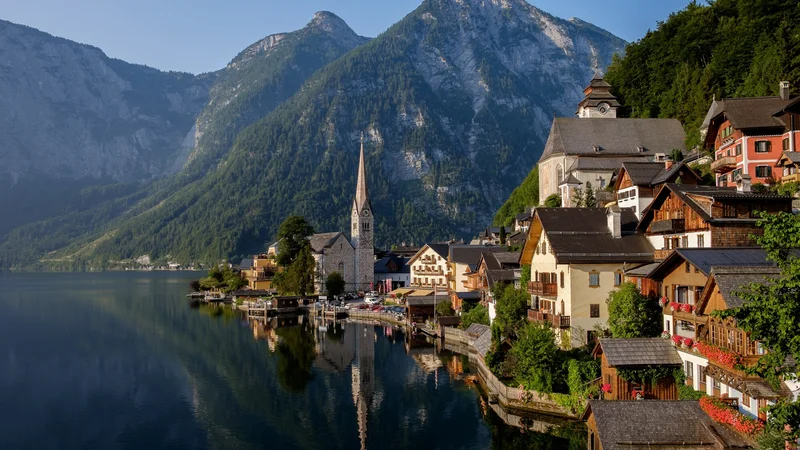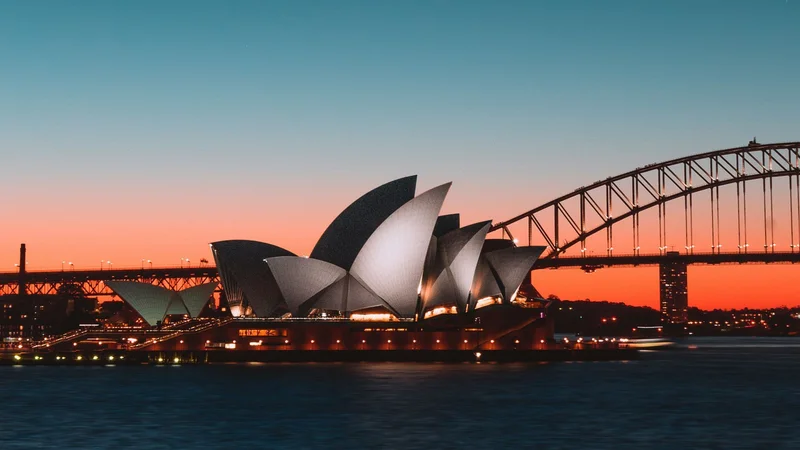Manila's Historical Heritage: From Spanish Colonial to Modern Metropolis

Manila stands as Southeast Asia's most historically layered metropolis, where 400 years of Spanish colonial heritage blends seamlessly with vibrant Filipino culture and rapid modernization. The capital city tells the story of the Philippines through its architecture, traditions, and resilient spirit that has weathered centuries of change.
The Pearl of the Orient Seas
Manila earned the title "Pearl of the Orient Seas" during the Spanish colonial period when it served as the western terminus of the famous Manila-Acapulco galleon trade, connecting Asia with the Americas and establishing the city as a global trading hub that shaped world commerce for over 250 years.
Intramuros: The Walled City
Intramuros, meaning "within the walls," represents the original Spanish settlement founded in 1571. This 64-hectare fortified city within modern Manila preserves the Philippines' colonial legacy through meticulously restored churches, government buildings, and defensive fortifications that once protected the seat of Spanish power in Asia.
Walking through Intramuros today offers a journey through time, where horse-drawn kalesas clip-clop along cobblestone streets past centuries-old churches. The Manila Cathedral, rebuilt multiple times after earthquakes and wars, stands as a testament to Filipino resilience and faith. Its current incarnation, completed in 1958, maintains the grandeur of Spanish religious architecture while incorporating Filipino artistic elements.
Must-Visit Intramuros Sites
- • Manila Cathedral - Rebuilt 8 times
- • San Agustin Church - UNESCO Heritage
- • Fort Santiago - Rizal's final prison
- • Casa Manila - Colonial lifestyle museum
Historical Highlights
- • Founded 1571 by Miguel López de Legazpi
- • Galleon trade center (1565-1815)
- • Survived WWII bombing (1945)
- • UNESCO Buffer Zone status
Rizal Park: Heart of Filipino Nationalism
Rizal Park, formerly known as Luneta, holds profound significance as the birthplace of Filipino nationalism. Here, Dr. José Rizal, the Philippines' national hero, was executed by Spanish authorities in 1896, an event that galvanized the independence movement and ultimately led to Philippine sovereignty.
The 58-hectare park now serves as Manila's green lung and cultural center, featuring the Rizal Monument where the hero's remains rest beneath a perpetual guard of honor. The park hosts weekend families, cultural performances, and national celebrations, embodying the Filipino spirit of community and remembrance.
Chinatown: The World's Oldest
Manila's Chinatown, established in 1594, claims the distinction of being the world's oldest Chinatown, predating San Francisco's famous district by over two centuries. The Binondo district reflects the deep integration of Chinese culture into Filipino society, creating a unique blend of traditions, cuisine, and commerce that continues to thrive today.
Binondo Cultural Fusion
Binondo showcases how Chinese immigrants adapted to Philippine life while maintaining their cultural identity. The result is a fascinating fusion visible in architecture, religion, and especially cuisine.
Malacañang Palace: Seat of Power
Malacañang Palace has served as the official residence of Philippine leaders since Spanish colonial times, witnessing the country's transformation from colony to independent nation. The palace complex reflects architectural evolution, from Spanish colonial origins through American territorial modifications to modern presidential adaptations.
Tours of Malacañang Museum offer insights into Philippine political history through preserved rooms, presidential memorabilia, and rotating exhibitions that chronicle the nation's journey to democracy. The palace grounds also feature the Malacañang Heritage Mansion, showcasing lifestyle and governance artifacts from different eras.
Modern Manila: Cultural Renaissance
Contemporary Manila experiences a cultural renaissance that honors its historical heritage while embracing modern Filipino creativity. The Cultural Center of the Philippines Complex houses world-class performance venues, museums, and galleries that showcase both traditional and contemporary Filipino arts.
The city's culinary scene reflects this cultural evolution, where traditional Filipino dishes gain international recognition alongside innovative restaurants that blend global influences with local ingredients. This gastronomic renaissance positions Manila as a destination for food enthusiasts seeking authentic and creative dining experiences.
Planning Your Historical Manila Journey
Preserving Heritage for Future Generations
Manila's ongoing heritage preservation efforts ensure that future generations can experience the city's remarkable historical journey. Restoration projects, cultural education programs, and sustainable tourism initiatives work together to maintain the delicate balance between honoring the past and embracing progress.
Explore More Philippine Heritage
Discover fascinating stories and travel guides to the Philippines' most historically significant destinations.







